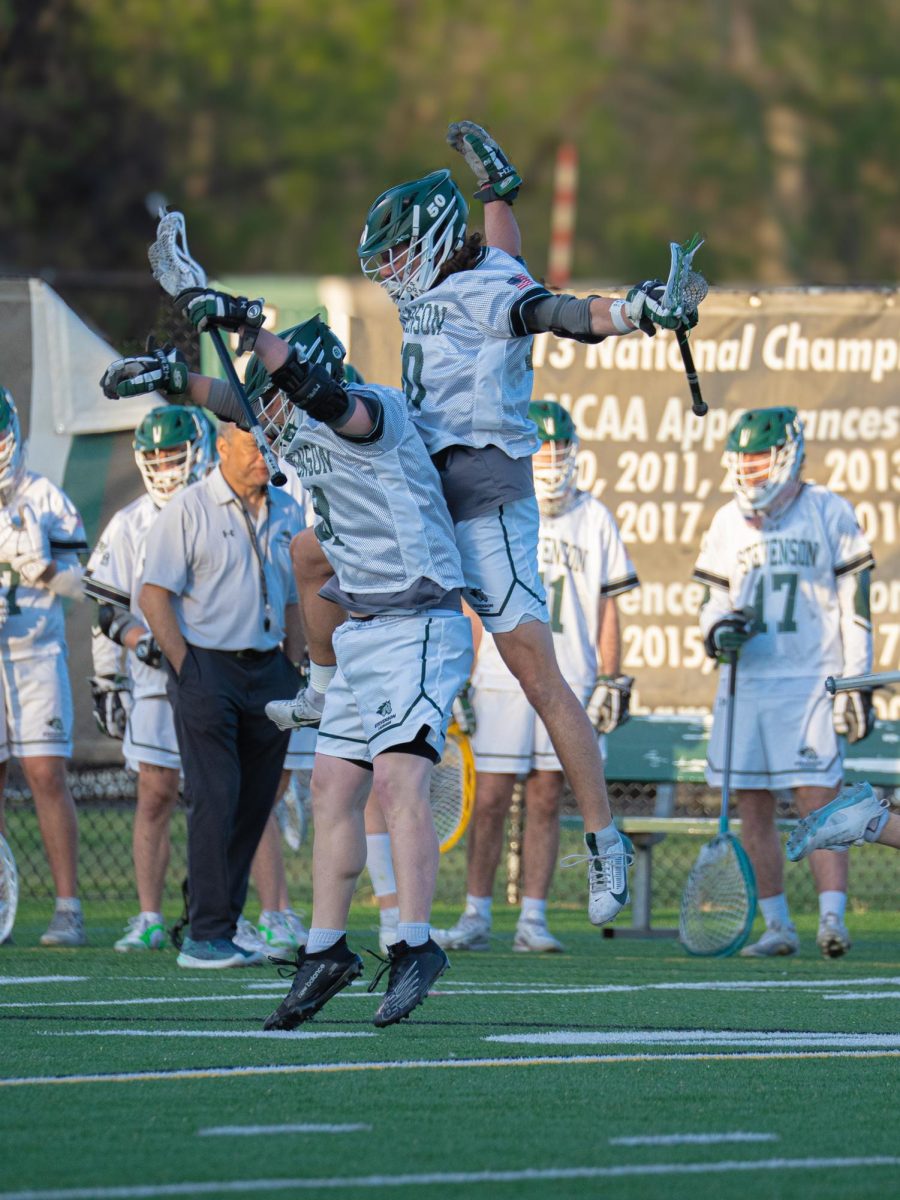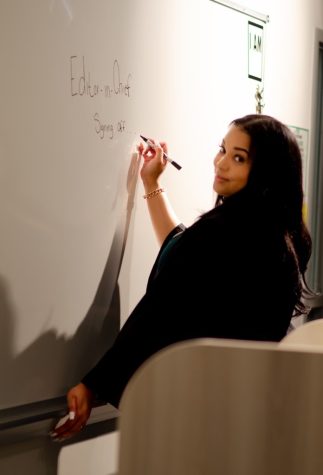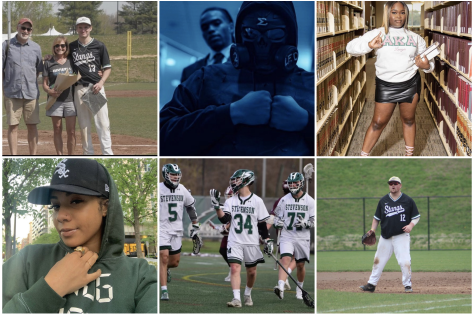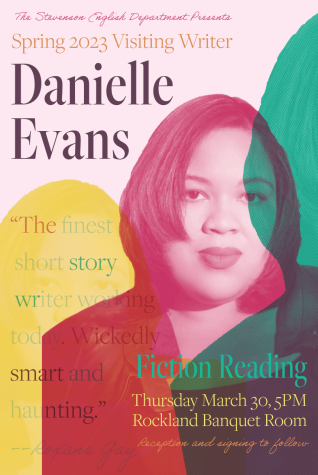IMPROVING CONNECTIONS
How Stevenson’s Department of Communication can foster a stronger student community
Photo by Annie Spratt on Unsplash
As a business communication major at Stevenson University, I have often found myself questioning whether I truly felt connected to my peers who are in the same program. During a recent discussion in my Small Group Communication class led by my professor, Dr. Heather Harris, it became evident that many of my fellow communication students shared similar sentiments.
Most students in the class agreed that while we have opportunities to meet and interact with our peers in an academic setting, there is a lack of social events or activities that would foster a sense of community among us, as compared to other majors.
Intrigued by this conversation, I sought out the opinion of Dr. Deric Greene, one of my communication professors and academic advisor, to gain further insight.
Dr. Greene coincided with our remarks, explaining that students at this stage in their lives are focused on their independence, which can make it hard to create connections with peers in an academic setting. He emphasized the importance of building camaraderie among students, as it could improve our communication skills and overall academic experience.
“There is something about this generation that is very focused on personal independence, not negatively, I believe it’s something about being rewarded for individualism and the difference of collective group work,” Dr. Greene said. “Stevenson is a big athletic school, and I think majority of students are drawn towards that when it comes to connecting, but when it comes to connecting in the classroom, it’s just a different energy.”
To address this issue, Dr. Greene proposed that the communications department should consider hosting more social events and activities that would attract students and encourage interaction outside of the classroom. These events could range from informal gatherings such as meet-and-greets or networking events, instead of more structured activities like town-hall meetings or guest speaker series.
“We have a big major here at Stevenson with communications, and I think we’re always sort of formal with each other in the spirit of good communication and don’t get the chance to really be informal with each other,” Dr. Greene said. “If we have some events away from an academic setting, the students get this chance to open up and form new relationships, which can then in turn possibly improve our communication in the classroom.”
As a student, I wholeheartedly agree with Dr. Greene’s opinion. I believe that promoting a stronger sense of community within the communications department can greatly improve our connections with fellow students, faculty, and professionals, ultimately enhancing our communication skills and preparing us for success in the future.
Using what I know from my Small Group Communication class, I know that the first stage in group development is the forming stage, where the group is put together. It is important in this forming phase that when the group comes together to connect, they do it in an environment where everyone feels comfortable and willing to be open with one another.
I urge the Department of Communication at Stevenson to seriously consider implementing more social events and activities that would promote a sense of community among its students. By doing so, we can create a supportive and inclusive environment that nurtures our growth as aspiring communicators and professionals.
Your donation will support the student journalists of Stevenson University. Your contribution will allow us to purchase equipment and cover our annual website hosting costs.




























































